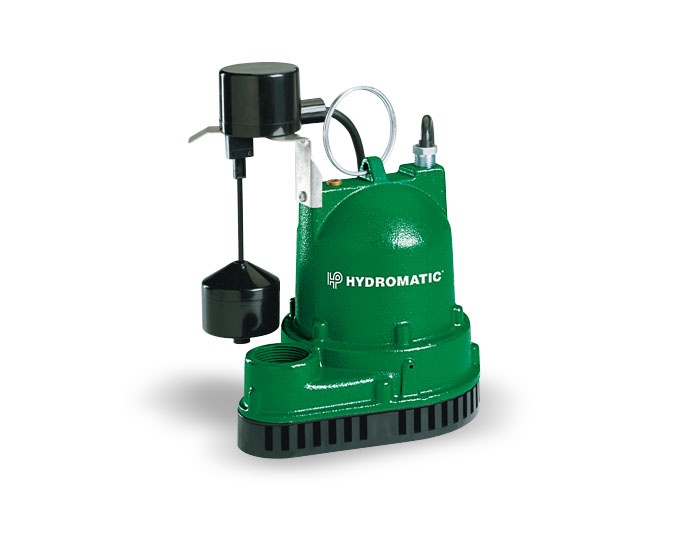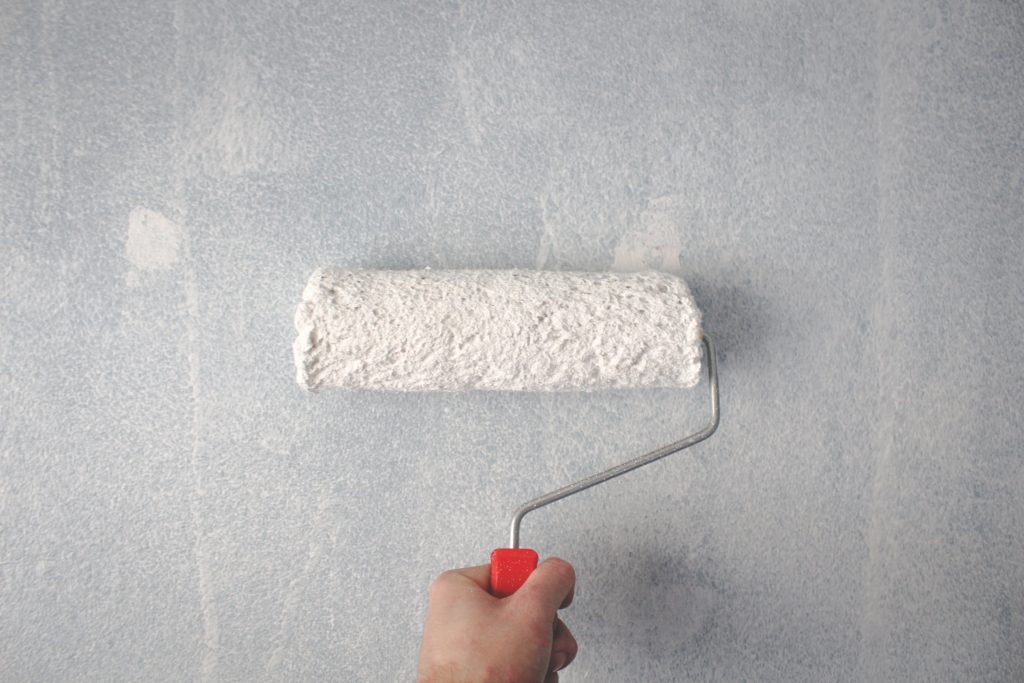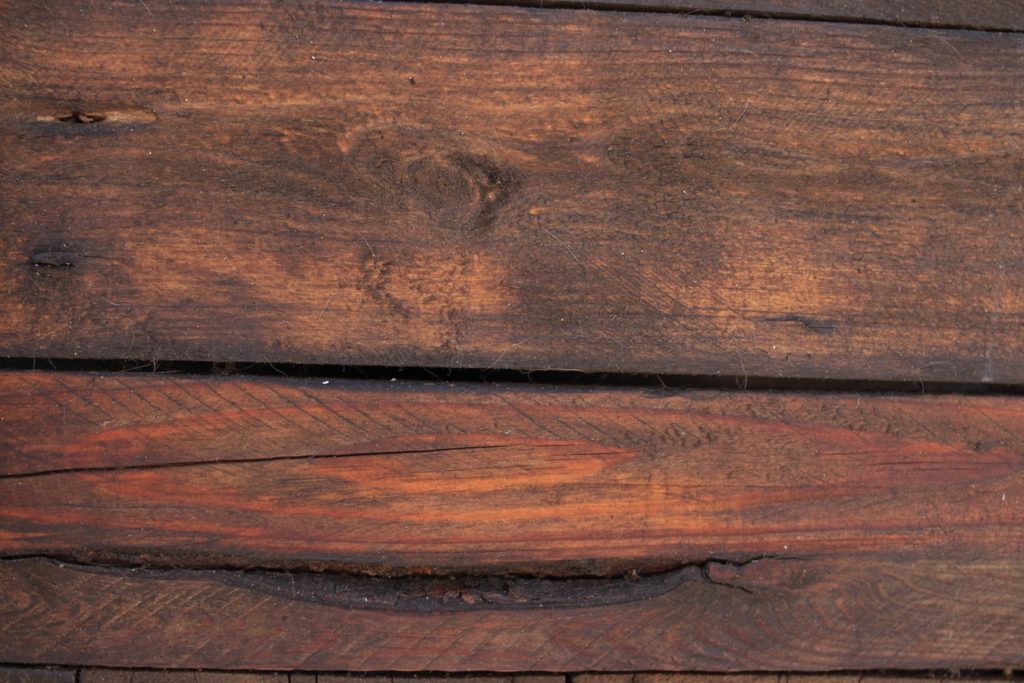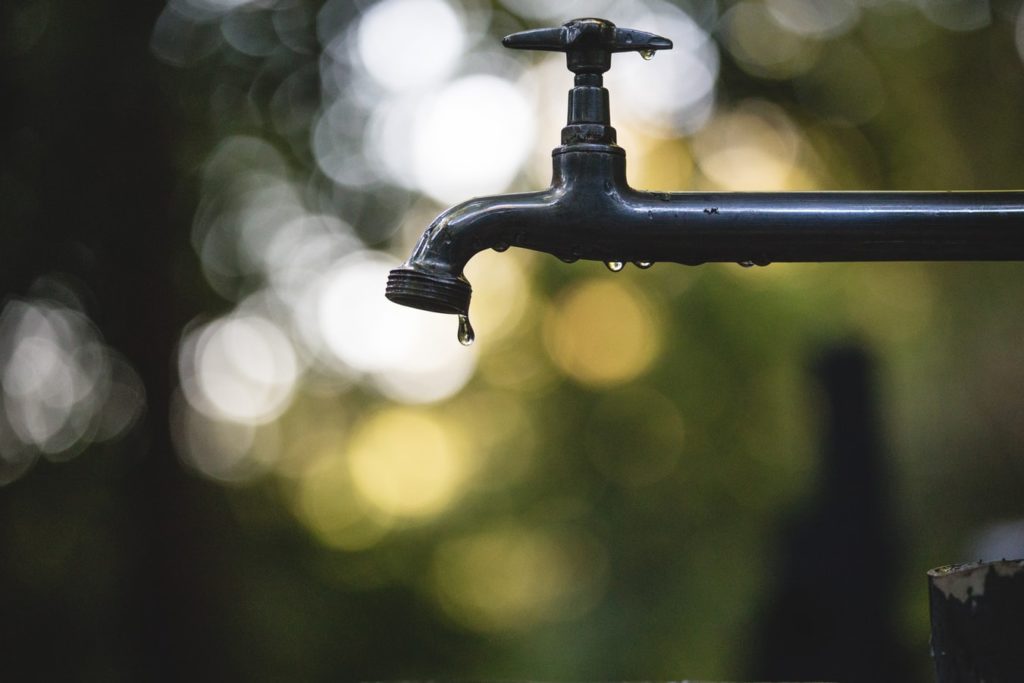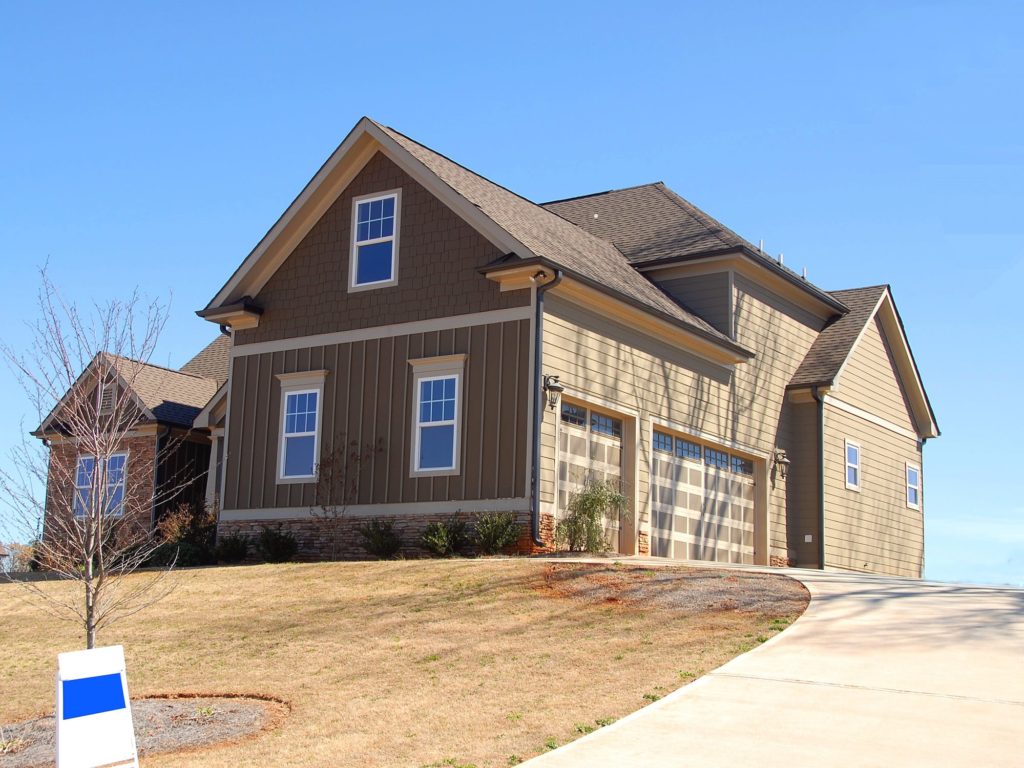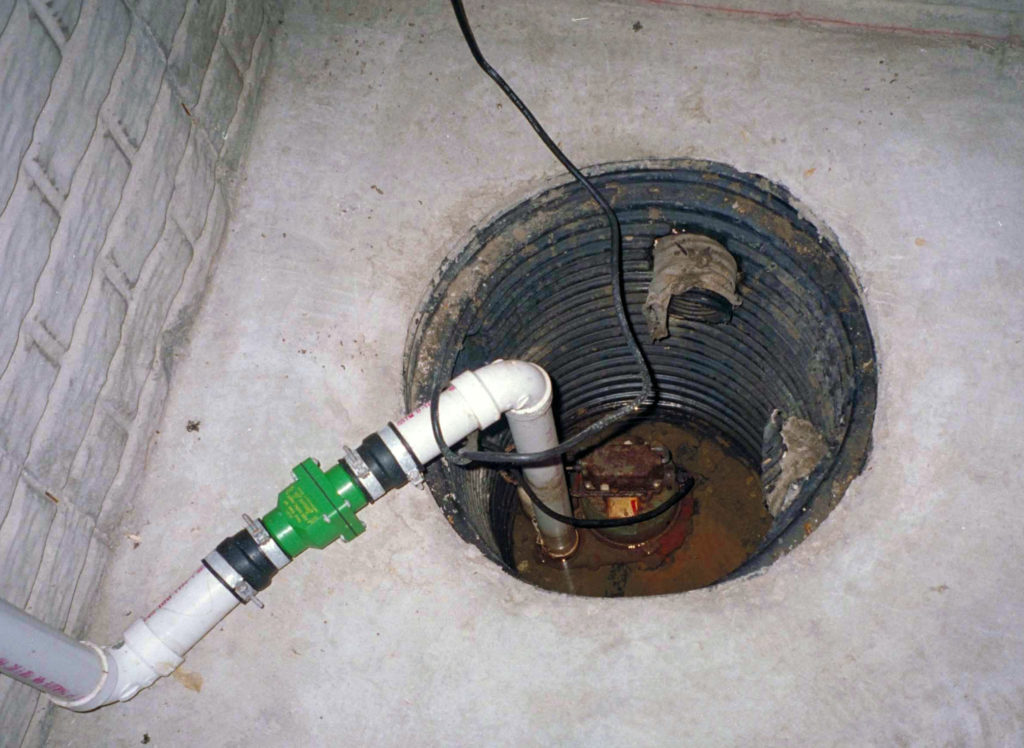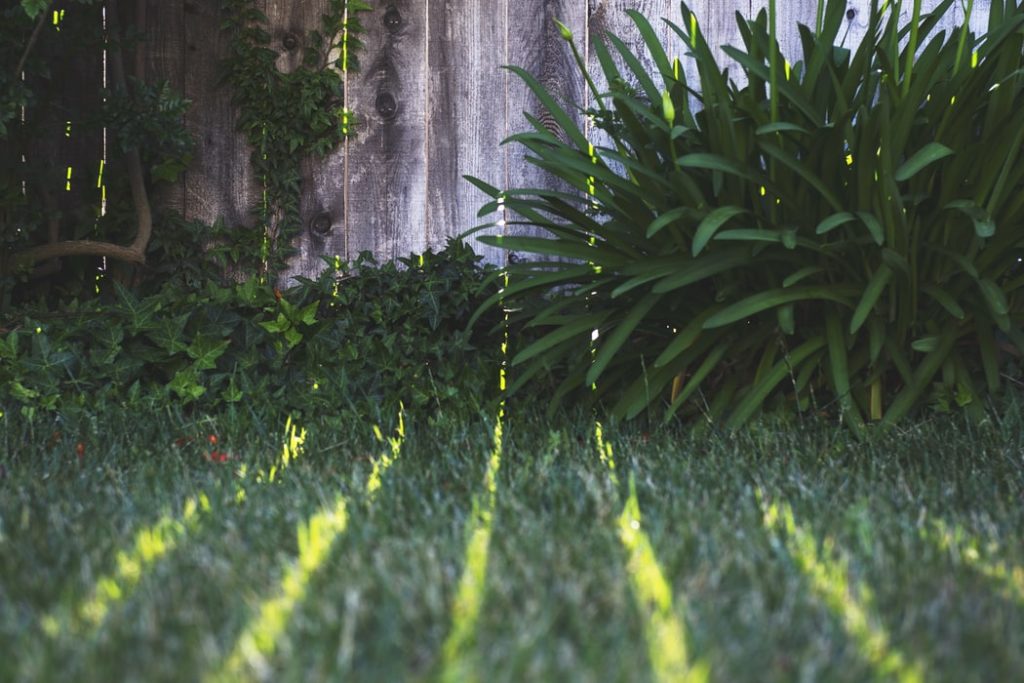ASHWORTH DRAINAGE BLOG
Insurance can give you peace of mind in case something bad happens to your home. This peace only comes if the insurance actually pays out what you’re owed. Are you sure that your policy will come through when your basement floods?
Most home insurance policies don’t include flood insurance at all unless you specifically have the coverage added in your agreement. Even then, there are usually limits to what they pay. Here’s why you should look closely at your policy – and maybe add some extra coverage to your foundation yourself!
Does your basement feel musty, damp, and are puddles forming on the floor? The cause is often water seeping directly through the concrete foundation. While it looks impermeable, concrete is very porous and can let water in even if there are no other weaknesses. One way to prevent this is to paint the walls with waterproofing paint!
A word of caution: waterproofing paint doesn’t repair cracks or solve drainage issues around your foundation. Think of it as the icing on the foundation repair cake!
Uneven or sloped flooring is rarely a sign that there’s just a problem with the floor. It’s a better indication that settling or shifting of the foundation is going on beneath the flooring. If you notice a slope developing, your first call should be to a foundation expert! (more…)
Getting a home inspection is one of the wisest decisions a potential home buyer could make. An inspector can find hard-to-see weaknesses in the home’s structure, including those related to water damage and drainage problems.
Some sellers have a “take it or leave it” philosophy when it comes to damage found in an inspection, even when the issues are too big to ignore. But does the seller have an obligation to have any drainage problems fixed before the sale goes through?
Some homeowners believe that basements only need to be waterproofed from the inside. They assume that by making the walls tight when finishing the basement, they won’t have to worry about any leakage or drainage problems. This misguided thinking can lead to many problems that extend far beyond just the basement!
In the average home, most walls and ceilings are made with drywall. This is a sheet of gypsum-based plaster kept together by paper. While some types of drywall are made with materials that make it more resistant to water, average drywall can be quite susceptible to damage from even small leaks.
Replacing water-damaged drywall is important when it’s being affected by a recent leak, but new homeowners might not think it’s an issue when seeing old discoloration in the walls. No matter how old the stain is, the drywall should be replaced. Weakened drywall can be both a structural issue and a sign that a leak is still there.
The French drain is an important part of a home’s drainage system. It guides water away from the foundation walls and any low-lying parts of a property, helping to keep them dry and the basement free of moisture. While it’s probably already helping your foundation, you might want to consider a French drain on other parts of your property, too!
The sump pump is an important part of a home’s drainage system. Sitting at the lowest part of the foundation, the sump pump gets rid of excess water that can flow around your foundation and basement flooring through the French or perimeter drains. It’s often the final step in stopping water from leaching into your basement!
This means that when it fails, your whole defense could fail, too. There are a few common reasons why they fail, because like any other mechanical device in a home, they are susceptible to wear and tear over time. Keeping a close eye on it and performing regular maintenance are how you can catch any potential problems before they get too far.
Many people find themselves facing backyard drainage issues. Do you have to deal with unwanted water during rainy weather? Pools of standing water on the lawn make many yards virtually unusable every year, and it’s not desirable when the weather actually improves and you want to enjoy it. These puddles can also do serious damage to the grass, while also forming perfect breeding grounds for pests like mosquitoes.
Don’t try and power through these problems year after year – do something about it by improving your backyard drainage!

